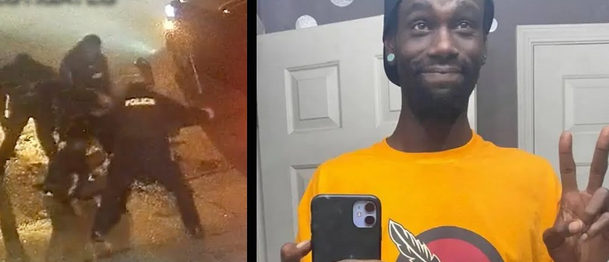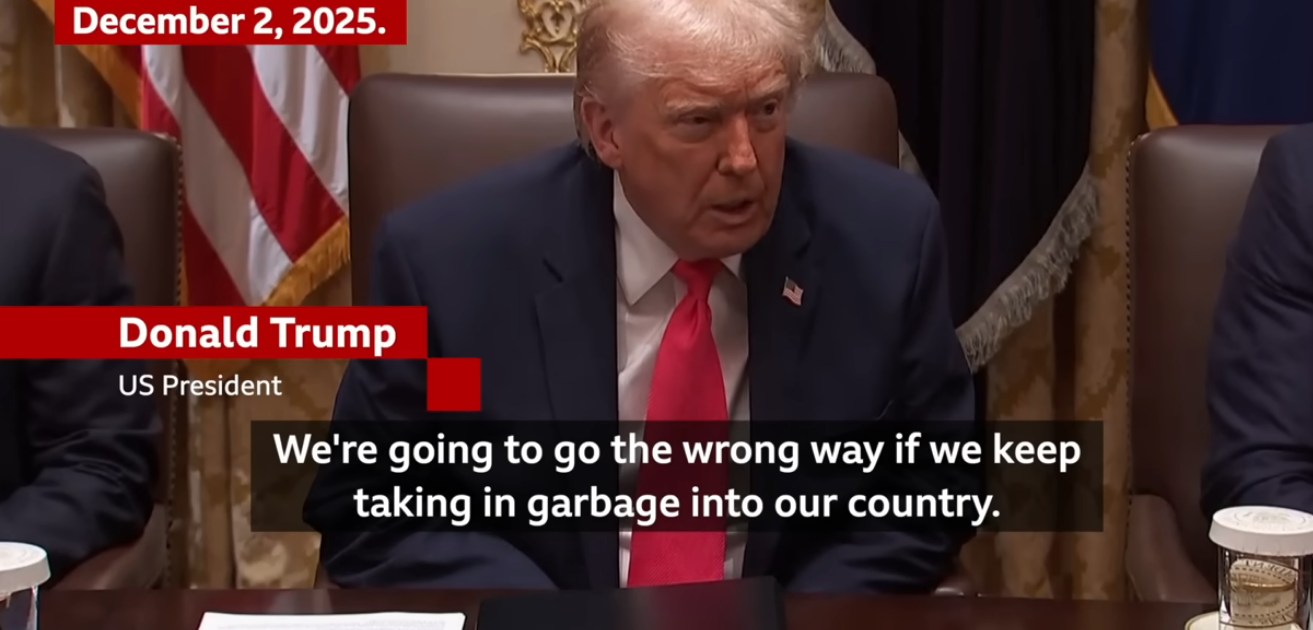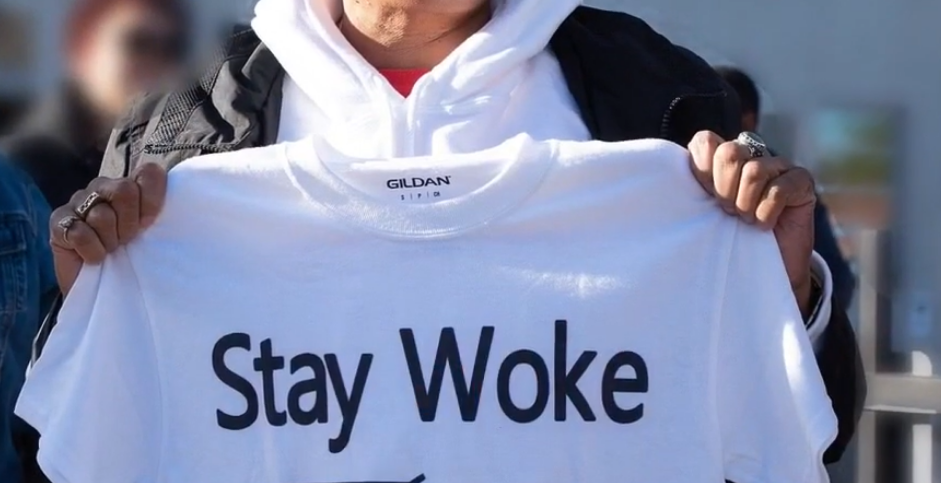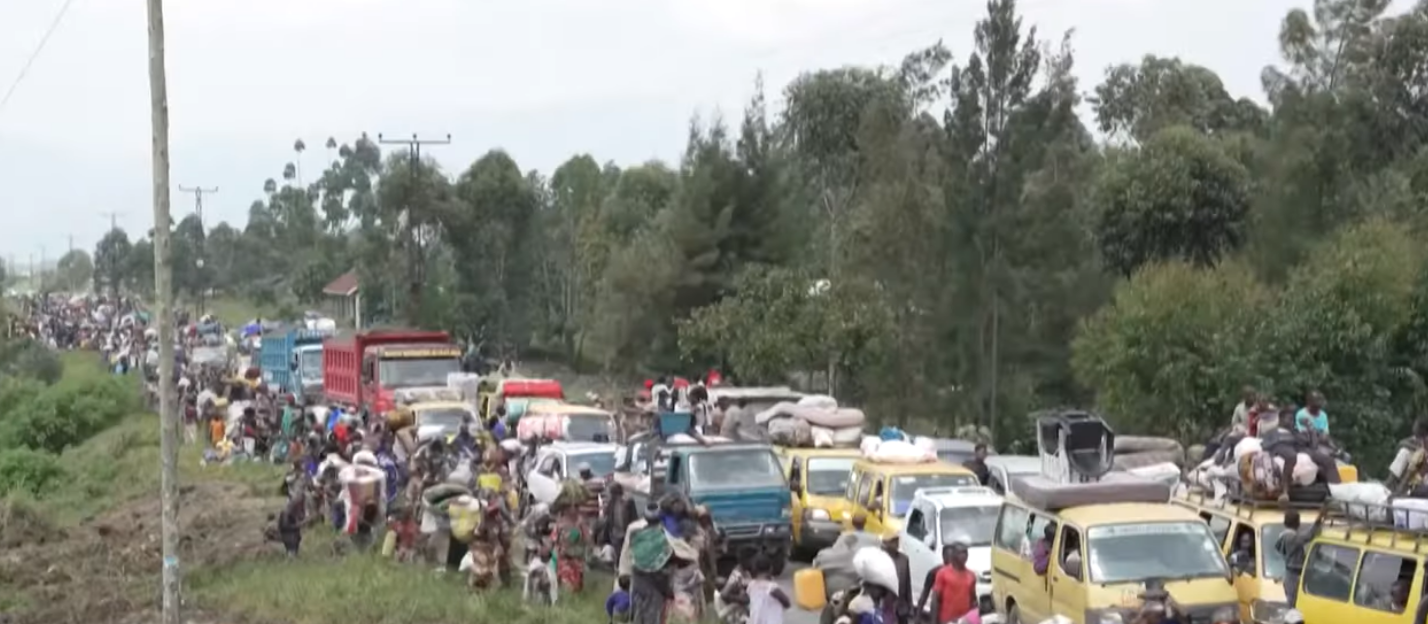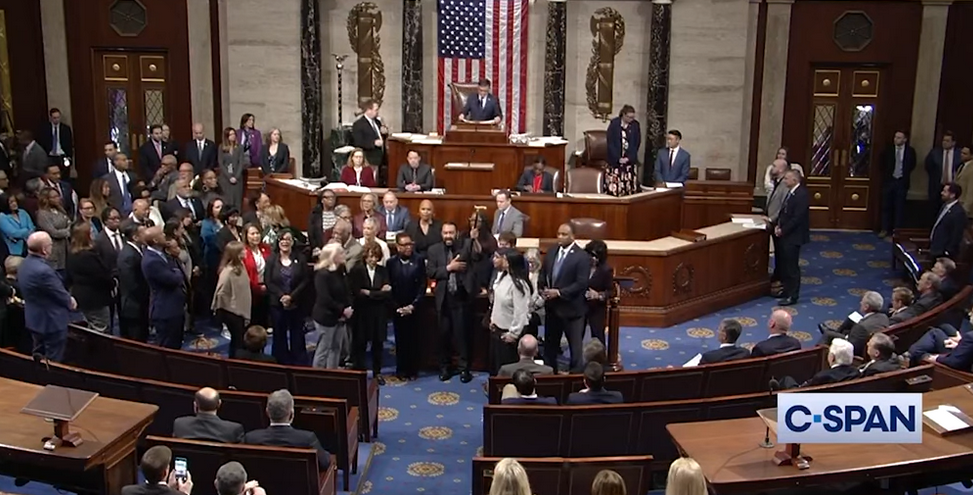Photo: YouTube
When Tyre Nichols woke up the morning of the last day of his life, I feel certain that he wasn’t thinking about racism or the chance that it might be his end, though he’d likely had “the talk” from his parents at an early age. He’d pushed it back, seeking peace and joy in a life he shared with friends, family, and his community. To do otherwise would create a constant state of fear, precluding any quality of life, the ability to just get through it all and grow up.
I feel this as a Black mother.
Nor did the officers who committed those heinous acts consider that their role in the depravity would be met with much swifter repercussions than their white brothers in blue. To do otherwise would have precluded doing their jobs, having any quality of life, or the ability to just get through and support their families.
After all, denial is a coping mechanism known too well by people caught in the history of hate that citizenship in America entails. So, we view each devastating incident as its own individual hell. Rinse and repeat. In a few weeks, Tyre Nichols will go the way of Michael Brown, Breonna Taylor, Rodney King, ad nauseam.
The problem is the approach of looking at each victim, each perpetrator in vacuums of misery. Using a trauma-informed frame, we ask, “who benefits and who’s burdened?” and must take into account the broader picture of sustained racism under “investigation” by the Centers for Disease Control and Preventions as of 2021.
To study is important. But when does an issue become a crisis requiring serious remedial action? When does a crisis become an emergency? Whose responsibility is it to finally take the kind of clinical action required in the face of mounting evidence and repeated violence?
Dr. Tom Frieden, former head of CDC, has recently written about how to fix that institution, stating it needs to be more nimble and less siloed, but when I wrote to him in 2015, some eight years ago when he was in a position with power to do something about this, asking that he declare racism a public health crisis, he forwarded it to the Office of Minority Health and Health Equity from which a Black woman refused to move on it, stating in essence, “Here’s what we’re doing instead,” and was actually irritated with me during a subsequent interview by phone.
Like the Black officers who murdered Tyre, this person clearly suffered from internalized oppression, a legacy of our American history of racism that is older than the US itself, a history that begins with slavery and needs a deep healing to eventually repair.
These issues are related when viewed in a clinical context. Racism has overtaken this country’s narrative but that’s where it ends. As committees, counties, commissions, and communities around the country begin to recognize the public health crisis of racism, the declarations are largely performative.
In Oregon, it’s taken three years of Zoom calls with public and private leadership; I have served in a steering role as a Black clinician to create a campaign, and finally, through team effort, we’ve seen the passage of House Bill 4052 making the declaration here in Oregon, resulting in a $1.275mil budget.
The process has been agonizingly slow and now the funding is under threat of being returned if it’s not spent in three months, though it took three years to get it approved. Had we health care professionals known from the beginning that a laborious bureaucratic process would present further technical barriers, with the lives lost and impacted in the meantime, perhaps we could have met all such unknown requirements, but we have employees of the health system on the task force who simply were unaware and overmatched.
Across the country, we who work toward racial equity, toward an end to oppression of any origin, toward the simple yet elusive goal of human equity in all our social relationships, are so hurt when our uncompleted work is revealed in heinous acts as we saw in Memphis. We beg our officials to see this, to prioritize this, and to join with us as we struggle to finally fix the sharp pain of racism in all its manifestations–including Black police killing our own in the predictable yet preventable perversion of internalized oppression.
America seems to have a fascination with Black culture, a fear of Black bodies, and a disregard for Black lives. This bizarre confluence of phenomena further advances mental health challenges to all Americans in the setting of our national identity as pluralistic and equitable.
Perhaps the most frustrating aspect of this is that we have data to suggest evidence-based changes that can make a difference. From the American Psychological Association to Life Sciences, multiple strategies have been offered with little action taken by high level agencies. This includes the previous mandate for CDC to study the impacts of gun violence when that funding was withdrawn. Our national obsession with firearms is another aspect of disproportionate violence to be addressed.
When we take all appropriate measures, abide by the rules, and use every sanctioned method to create change using everything from nonviolent protests to voter registration drives, to petitions and speeches, board meetings and volunteering for years toward legislation and still face gaslighting, bait-switching and various methods of obfuscation, can we really claim ignorance and surprise when we again experience heartbreaking violence?
Leslie Gregory is a PA-C focusing on Preventive Cardiology and is Executive Director, Right to Health.
